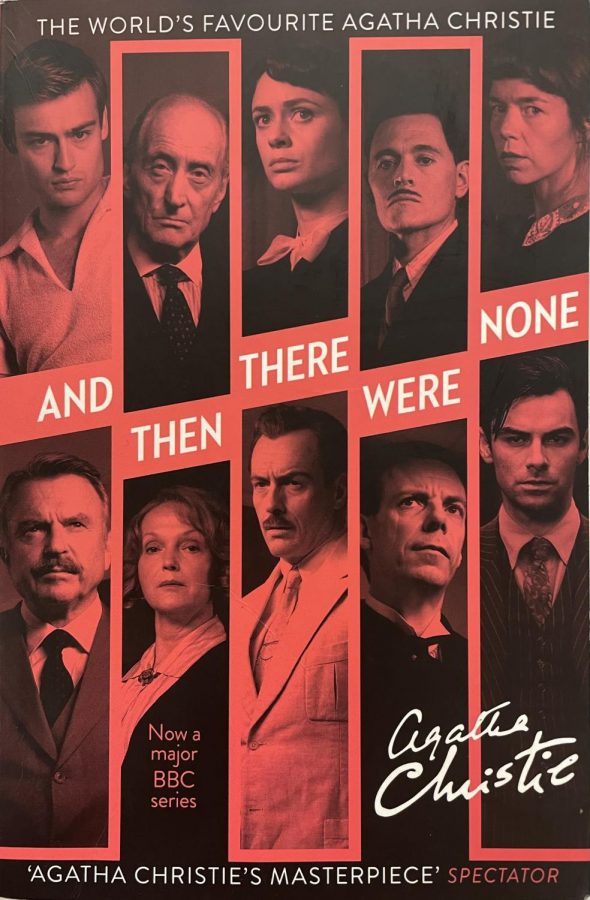‘And Then There Were None’ keeps readers guessing
Agatha Christie’s “And Then There Were None.”
Children’s rhymes and murder mysteries usually wouldn’t fit together, but Agatha Christie is able to combine them flawlessly in “And Then There Were None.”
“And Then There Were None” brings 10 different people of different genders, ages, backgrounds and purposes together on Soldier Island. Some believe that they are to be employed while others are sure they are meeting acquaintances of some sort; however, when they arrive, they find their mysterious host and hostess conveniently absent.
Vera Claythorne, the young secretary, notes a poem framed on the wall that she recognizes from her childhood. While the poem and those portrayed in it has changed over various editions of the book, the general idea of it remains the same.
The poem starts with 10 people and ends with none. Each successive verse of the poem displays someone leaving or dying in different ways, from “one choked his little self” to “a bumblebee stung one” to “one shot the other” until the last five words of the poem, “and then there were none,” which is where the title comes from.
Only after a record is played in which all on the island are blamed for a person’s death and one among them dies of asphyxiation do they begin to recognize the importance of the rhyme.
The book is full of surprises, and everything is revealed at the perfect pace to keep readers intrigued, yet still guessing until the end. The solution itself is so outlandish that an epilogue is required to make sense of everything, yet once the events are explained, everything falls into place perfectly.

Emry Lundy is a senior, and this is her second year in newspaper. She is involved in the Fall Musical, Spirit Club, Leadership Team and Scouts, and she...






